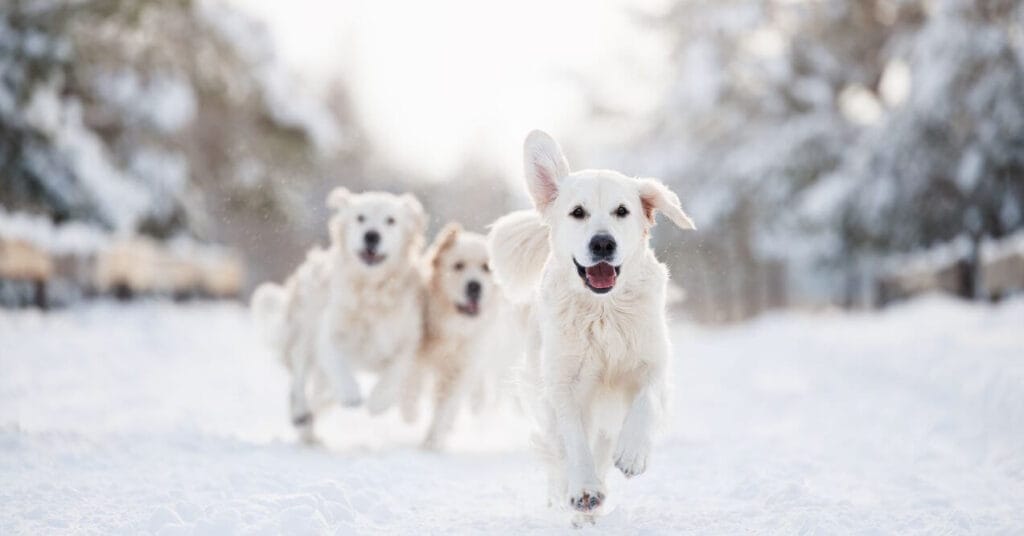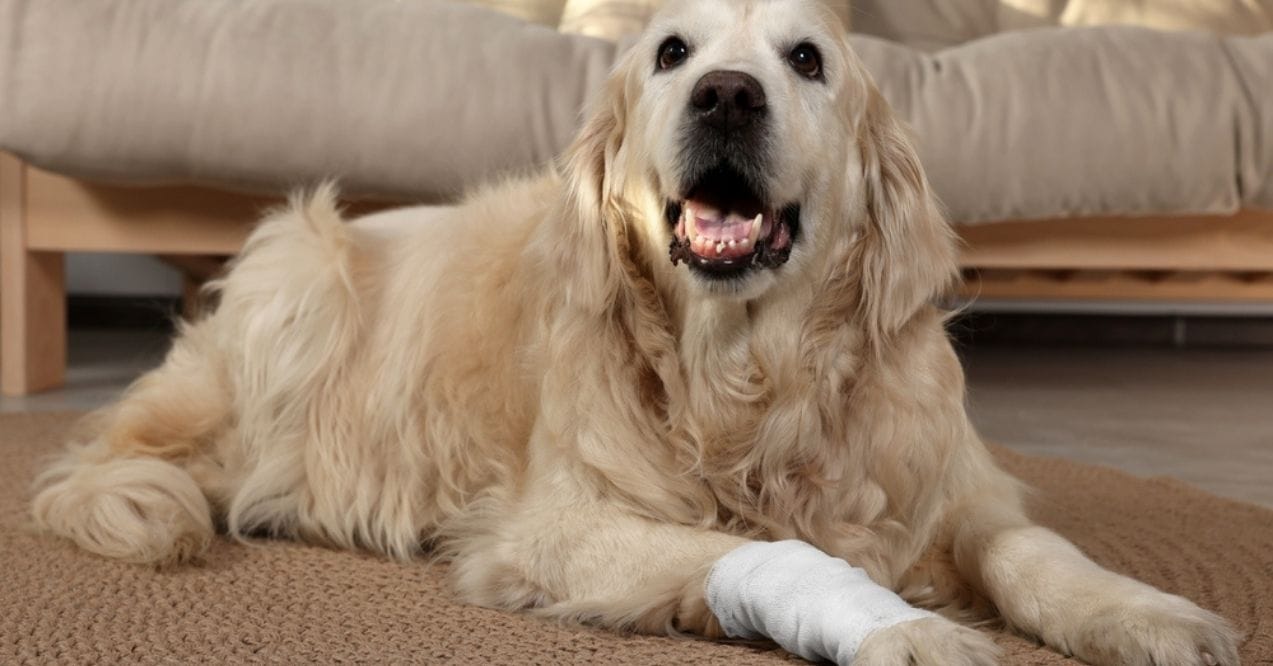Does Cold Weather Affect Dogs’ Joints?
Does cold weather affect dogs joints? Winter brings cozy moments with our furry friends – snuggling under blankets, playing in the snow, and enjoying peaceful winter walks. Many pet parents notice changes in their dogs’ mobility when temperatures drop. Let’s explore how winter weather influences our dogs’ joint flexibility and what we can do to keep them comfortable.
Chilly Weather and Your Dog’s Joint Flexibility
When temperatures drop, your dog’s muscles and tendons might not feel as loose as usual. Think about how your own body feels on a cold morning – that initial stiffness until you get moving. Your dog experiences similar effects.
The cold can make soft tissues less flexible, leading to slower movements. This is especially noticeable in dogs who love to lounge around during winter months. Less outdoor playtime and more couch time can create a cycle of reduced movement.
Older dogs or those with existing joint sensitivities might show more obvious signs of discomfort. Does cold weather affect dogs joints more severely in these cases? Often yes, as their bodies might need extra support to maintain mobility.
Recognizing the signs of joint pain in dogs early can help pet owners take proactive steps to manage discomfort during colder months.
Why Winter Walks Might Feel Tougher?
Changes in air pressure during winter storms or cold fronts can influence how your dog feels during walks. When the barometric pressure drops, it might cause the tissues around joints to expand slightly. This subtle change could make your usually bouncy pup feel less enthusiastic about their daily walk.
Many dogs who normally zoom around the park might take it slower during cold snaps. Planning walks during warmer parts of the day, like late morning or early afternoon, can make outdoor adventures more enjoyable for your pup.
How to Keep Your Dog’s Joints Moving?

Staying active during winter months helps maintain joint flexibility. Instead of skipping exercise entirely on cold days, try these fun indoor alternatives:
- Create a treasure hunt by hiding treats around the house
- Roll a ball down a hallway for indoor fetch
- Set up a simple obstacle course using pillows and boxes
- Play gentle tug-of-war with their favorite toy
Short, frequent movement sessions work better than one long period of exercise. This approach helps avoid overtiring while keeping joints flexible throughout the day.
Tips to Help Your Dog’s Joints in Cold Weather

Making your home winter-ready for your pup can make a big difference in their comfort. Try these cozy winter hacks:
- Place soft bedding in warm spots around your home. Your dog will love having multiple snug places to rest after outdoor adventures.
- Add extra blankets to their favorite spots. Many dogs enjoy burrowing into soft materials during cold weather.
- Consider a plush sweater or coat for outdoor activities. This extra layer helps keep muscles warm and flexible during walks.
- Set up their bed away from drafty windows or doors. A warm resting spot makes a huge difference in how they feel.
Nutrition and Supplements
Winter wellness starts from within. Focus on giving your pup quality nutrition to support their active lifestyle. Adding supplements like omega-3s or joint-supporting ingredients to their daily routine can provide extra nutritional support during cold months.
Maintaining a healthy weight reduces pressure on joints. Think of winter nutrition as fuel for snowy adventures and cozy play sessions. Extra weight can be particularly tough on a dog’s knees, contributing to joint discomfort over time. If your pup is showing signs of knee strain or instability, understanding common knee problems in dogs can help you take preventive steps to support their mobility.
What to Do If Your Dog Limps in Cold Weather?
If you notice your dog limps in cold weather, it’s worth paying attention to when and how this happens. Some dogs might show stiffness first thing in the morning or after resting.
Start walks slowly, allowing time for gentle warm-up movements before picking up the pace. If your dog limps in cold weather consistently, try shorter walks more frequently throughout the day.
Watch for these patterns:
- Stiffness after rest periods
- Slower movements during cold snaps
- Reluctance to jump or climb stairs
- Taking longer to get up from lying down
Conclusion
Cold weather can indeed affect your dog’s joint comfort, but with thoughtful care and attention, you can help them stay mobile and happy throughout winter. Focus on regular, gentle movement, create warm spaces at home, and pay attention to your dog’s needs as they change with the weather. By making these simple adjustments, you’ll help your furry friend enjoy all the magical moments winter has to offer.
Heating pads made specifically for pets work well for comfort. Use pet-friendly options with temperature controls and always monitor your pup during use.
Look for slower movement after rest, taking longer on stairs, less enthusiasm for walks, or changes in how they sit and lie down. Morning stiffness and reluctance to play can also indicate discomfort.
Cold temperatures can make muscles and soft tissues less flexible. When combined with changes in air pressure and reduced activity levels, these factors can affect your dog’s normal movement patterns.
Advertisement. This site offers health, wellness, fitness and nutritional information and is designed for educational purposes only. You should not rely on this information as a substitute for, nor does it replace, professional medical advice, diagnosis, or treatment. If you have any concerns or questions about your health, you should always consult with a physician or other health-care professional. Do not disregard, avoid or delay obtaining medical or health related advice from your health-care professional because of something you may have read on this site. The use of any information provided on this site is solely at your own risk.

















